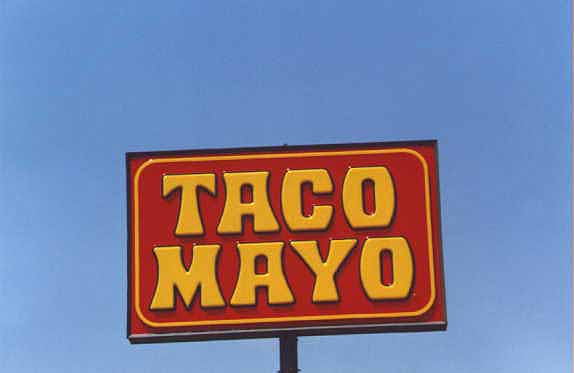The following report was submitted in September, 1998 by Bernie Mayoff (Abr), of our Texas Branch. It appears that not only is Texas known for its vast open spaces, but also for its vast open wit and liberal conclusions.
Denise and I visited Cheryl at Philmont Scout Ranch , in northeastern New Mexico late in July. On our way back we drove along the back roads of Colorado, Kansas, Oklahoma and Texas. Along the way we spotted this sign:
Part I
Could it be that Mayoffs were early settlers of the southern plains of North America? Interest and efforts in the field of genealogy inspired me to do some investigation. First I realized that there are least two branches of genealogy. One branch uses documentation and memories to discover actual family ancestors. It involves meticulous, often tedious research. The other branch, creative genealogy, is much more forgiving and takes less time, so that is the path I chose.
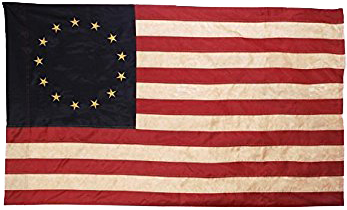
As I pondered the potential relationship between this landmark of the southwest and our family name, several thoughts occurred. A southern drawl tends to slur some sounds together. Is it possible that the ff’s in Mayoff simply got lost along the way? It is also true that a lot of early settlers to these parts didn’t read or write, and other folks wrote things for them. There are a lot of creative spellings of names in this part of the country. So it could be that the ff’s were lost early in the emergence of the nation.
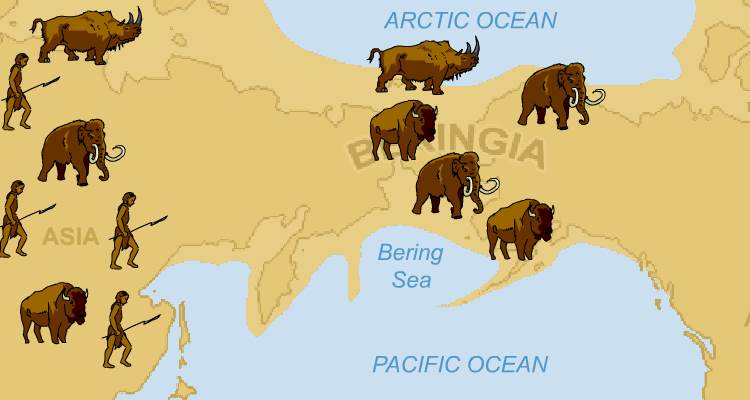
But where did these early Mayoffs come from? How did they get here? Have they been here for ages? Is it possible that the Mayoff name first arrived along with the native Americans? Rather than arriving across the Atlantic from Russia, did the first Mayoffs migrate eastward long ago, over the ancient Bering land bridge, through Alaska, down through western Canada, across the Rocky Mountains and the great plains? Are the Plains Indians descendants of early Mayoffs? What other explanation can there be for the appearance of the Mayo signs sparsely dotted in the southern high plains?
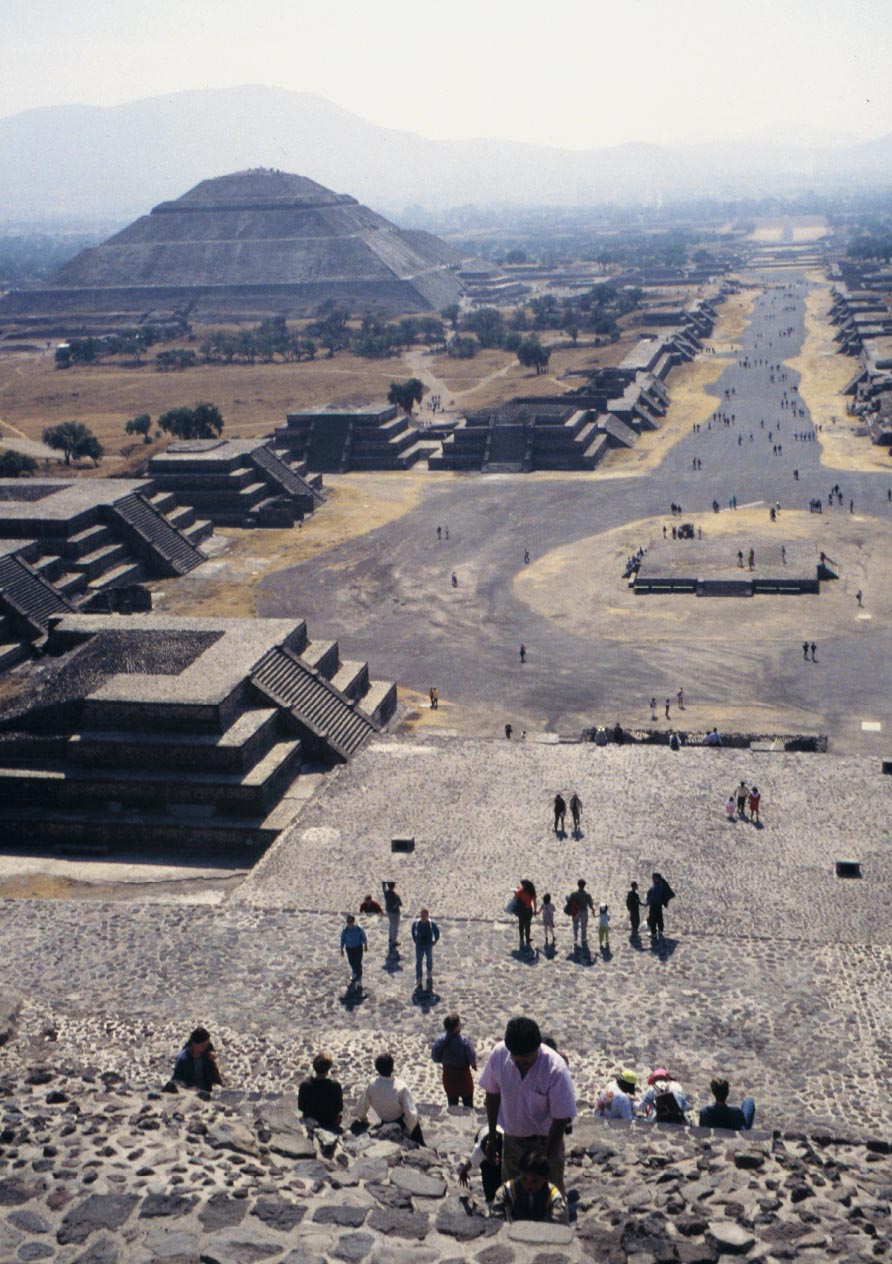 Having established that Mayoffs inhabited North America much earlier than we previously realized leads to the likelihood that Mayoffs continued south, into Central America. One of the larger family groupings undoubtedly came to be known as the Maya branch of the family.
Having established that Mayoffs inhabited North America much earlier than we previously realized leads to the likelihood that Mayoffs continued south, into Central America. One of the larger family groupings undoubtedly came to be known as the Maya branch of the family.
Finally, the association of the word Taco with the Mayo name provides evidence that these genealogical linkages must be true. A taco is obviously a desert variety of a knish or a blintz.

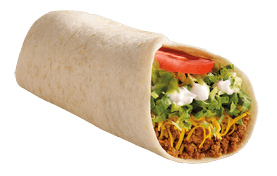
As we pursue our quest for Mayoff history and lore, don’t just look for the paths that Mayoffs followed as they moved west from Russia and across Europe to reach North America. Look east too. As Mayoffs moved eastward from Russia toward the Bering Strait we probably left signs of our passing scattered across China. Is the egg roll simply another variation on the knish and the blintz? Is hot and sour soup a simpler version of borscht? Can there be any other explanation?
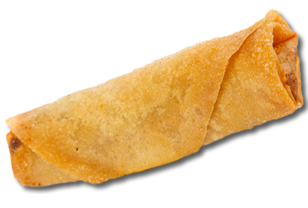
Part II
Further creative genealogy research into the migratory routes of early Mayoffs has discovered additional evidence supporting the theory that Native Americans and Mayans are descendants of Mayoffs.
Mayoffs, as part of our Jewish heritage, have carried the Torah and the tales of the exodus with us across geographies and over centuries. By the time early Mayoffs eventually found their way to Central America many things had been lost and ideas modified. But elements of ancient wisdom remained. Tales of the days before the Exodus, when we built pyramids in Egypt, lingered on.
Perhaps as part of a rudimentary seder, perhaps just out of curiosity, people began trying to recreate the actual hardship of building a pyramid. But first they had to decide what a pyramid actually looked like. Somehow they knew that a pyramid was a four-sided mound that gets narrower toward the top. Although the Torah tells of the hard labor involved in building the pyramids, it doesn’t indicate that they have pointed tops. [Bernie, might the answer lie in the pyramid shaped prune flavored ‘hummintashen’ and the saying “let my people go?” – Art]
When we make the connection between Mayoffs migrating from Russia across Asia to the Americas, and when we realize that the Torah does not contain pictures, suddenly it becomes clear how the concept of pyramids migrated from Egypt to the Americas, and how the shapes could be different in the two different parts of the world. The similarity between matzo, the flat, unleavened bread of the exodus, and tortillas, the flat bread of the desert, cannot just be coincidence.
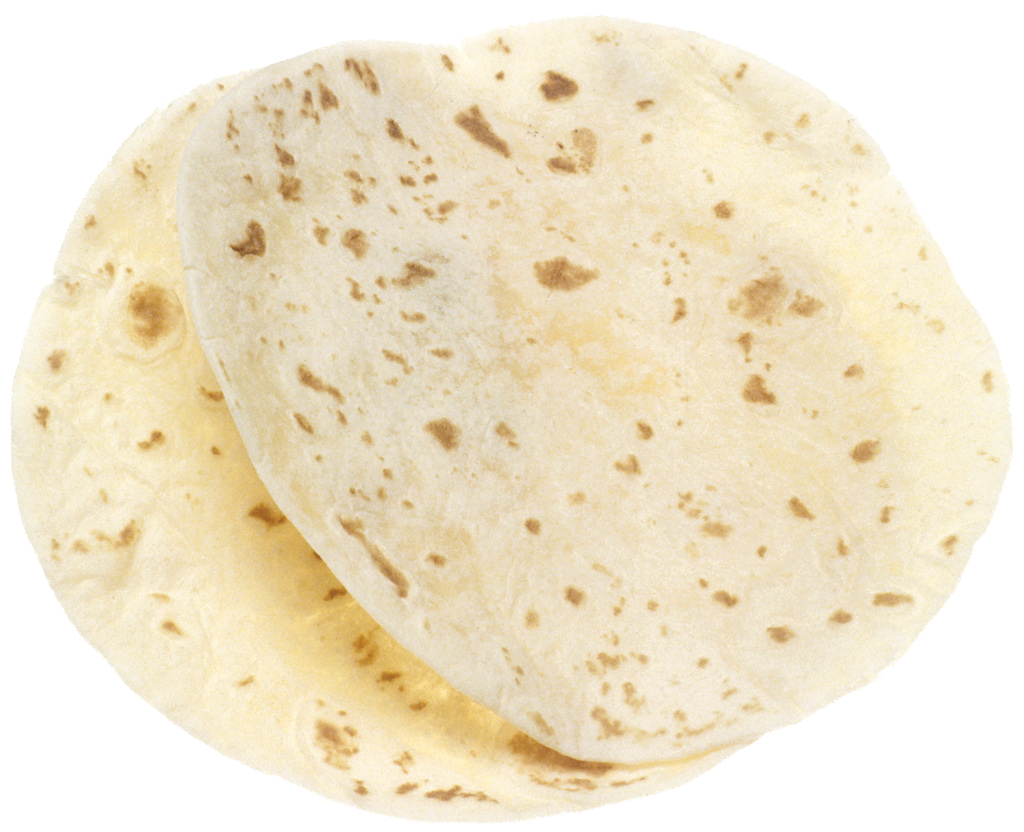

Part III
Close examination of the September 3rd, 1998 revision of the Mayoff Family Tree reveals evidence corroborating the trek of ancestral Mayoffs across the Middle East, Asia, the ancient Bering land bridge path and finally throughout the Americas!
You’ll recall that the likelihood that a long lost branch of the Mayoff family actually became the Maya people of South America was discussed in Part I above. On page two of the revised family tree, in the lineage of Leizer Majew [Majew is pronounced My you ], we see that as recently as February 10, 1993 the Mayoff family reaffirmed the linkage to the South American Mayas with the birth of Maya Mogensen in Denmark. [Editor’s note: Maya Mogensen is the great granddaughter of Peter Majew]
Additional examination of the family tree uncovers another, long overlooked indicator tying European Mayoffs with the spread of homo sapiens southward across Alaska, Canada, North America, Central America and to the peaks of the Andes mountains in Peru. In Spanish the letter “J” sounds like the English letter “Y”. Thus, the word Maya is spelled and pronounced “Maja” in Spanish. Maya – Maja – Majew – Mayo. Makes one start to wonder about the similarity to the Danish spelling and pronunciation of our family name Majew, doesn’t it? And while we’re at it, what special insight did the late Sid Mayo [Siggy to many] (Sam) and his wife Sherry have? Can all of this simply be coincidence?
